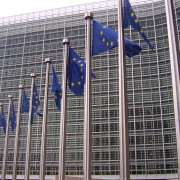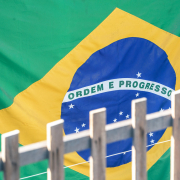Some 1,924 agrochemicals had their toxicological reclassification done this week. The Brazilian national health surveillance agency (Anvisa) once again classified the products already registered in Brazil because of the new regulatory framework of the sector, which updated and clarified the criteria for the evaluation and classification of pesticides in the country.
According to Anvisa, 43 products were in the extremely toxic category, 79 in the highly toxic category, 136 in the moderately toxic category, 599 in the low toxic category and 899 were classified as unlikely to cause acute damage. Another 168 products were categorized as “unclassified”, with very low potential for damage. In addition, some 18 products did not have sufficient information or did not participate in the reclassification exercise.
According to the agency, this extension prevents a real comparison between the previous toxicological classification and the current reclassification, which is based on the Globally Harmonized System of Classification and Labeling of Chemicals (GHS) standard.
The reclassification was necessary because with the new regulatory framework of the sector, Brazil began to adopt the toxicological classification parameters of pesticides based on the standards of the GHS. With this, Brazil began to have rules harmonized with those of countries from the European Union and Asia, among others, facilitating the marketing of domestic products abroad.
Thus, the GHS expanded the categories of the toxicological classification of pesticides from four to five, and included the term “unclassified”, valid for products with very low potential for damage, for example, products of biological origin. A color chart will further help in identifying risks.
Source: Agropages


